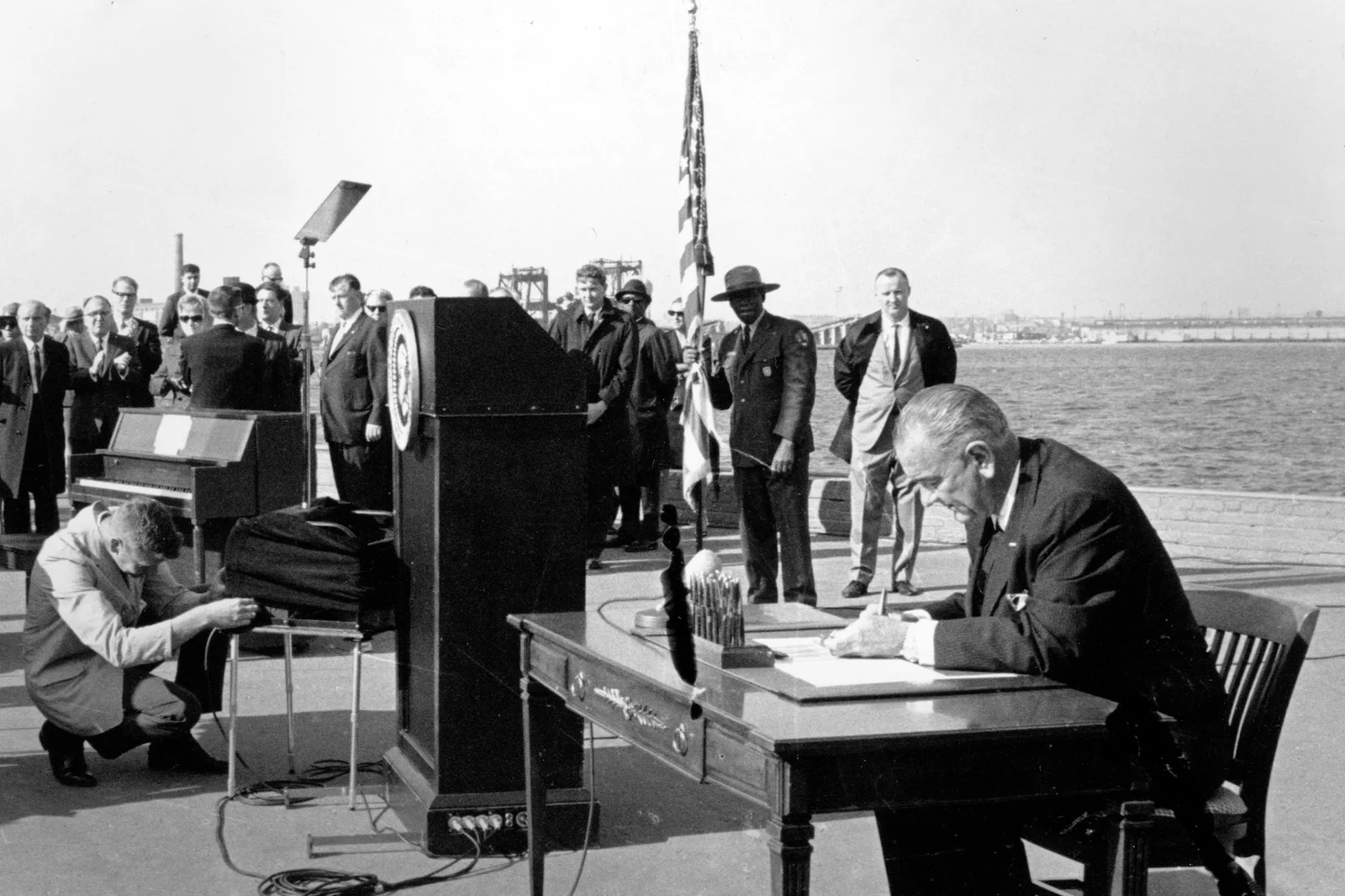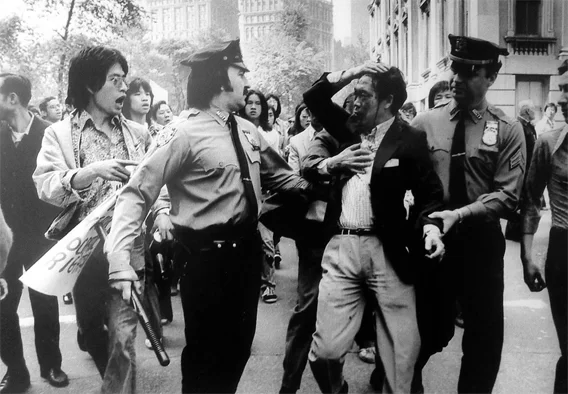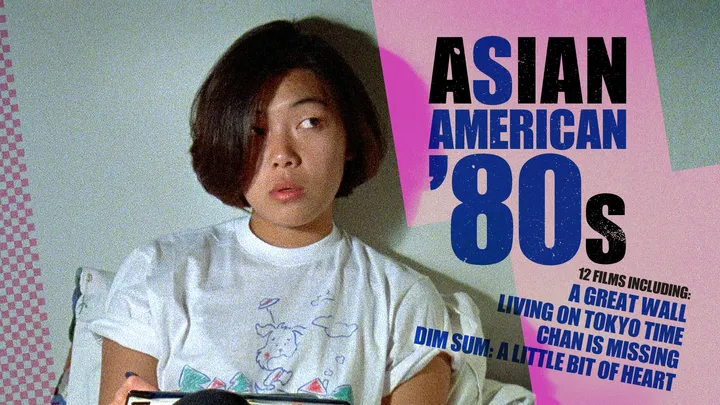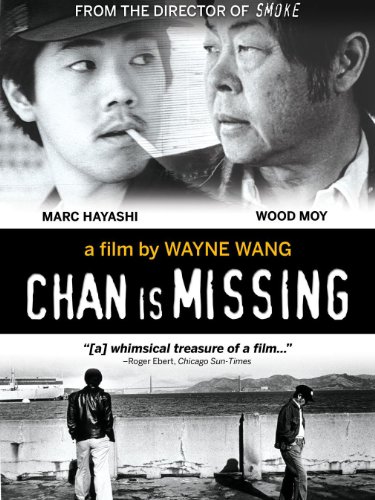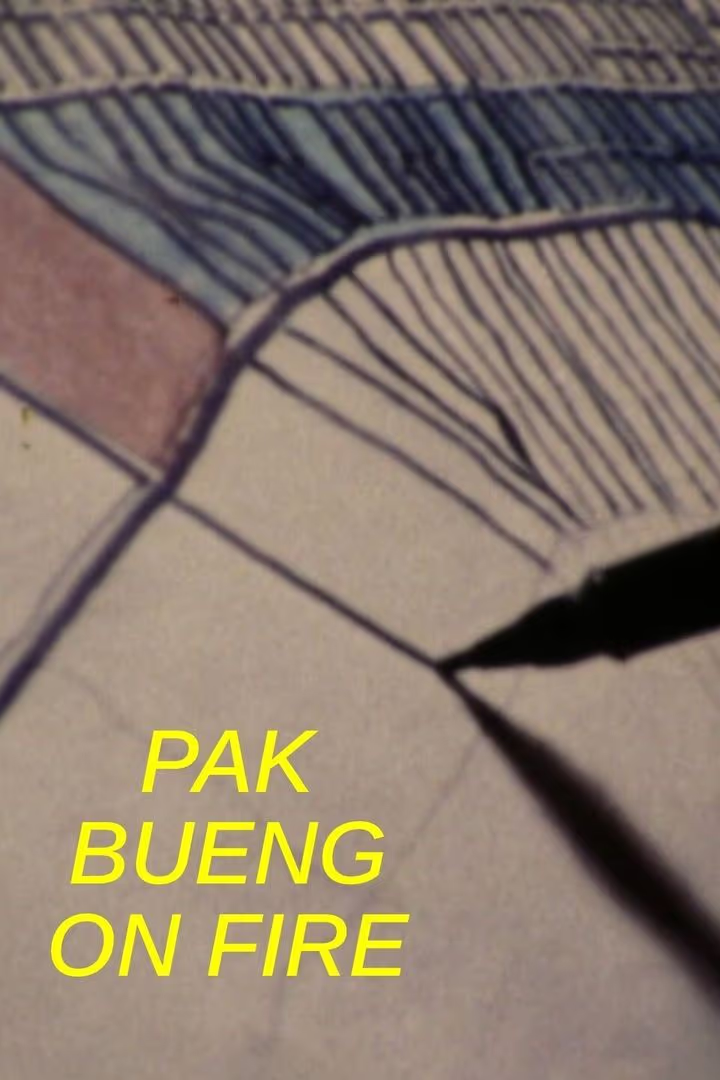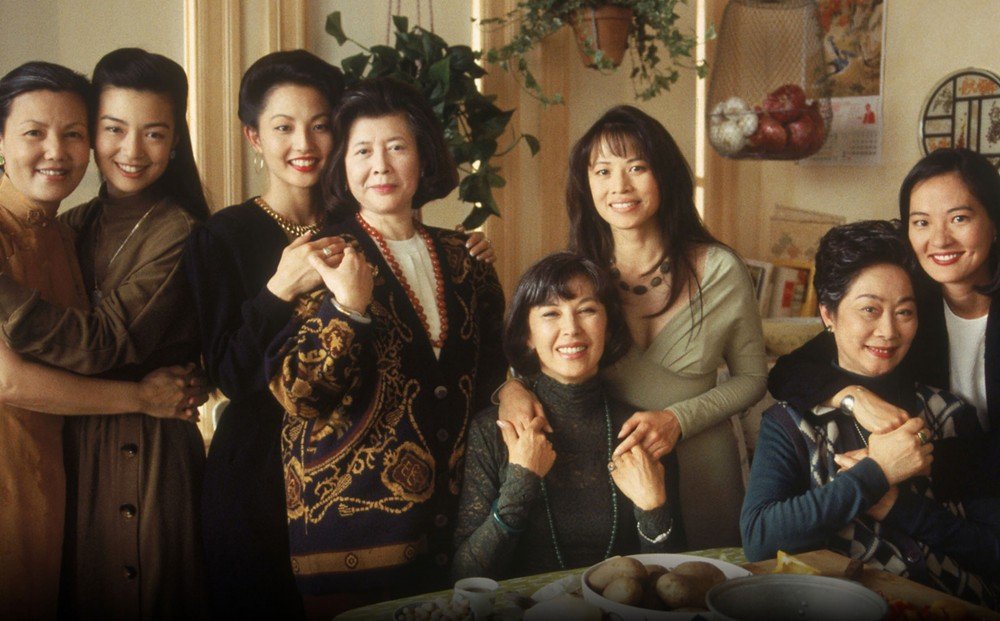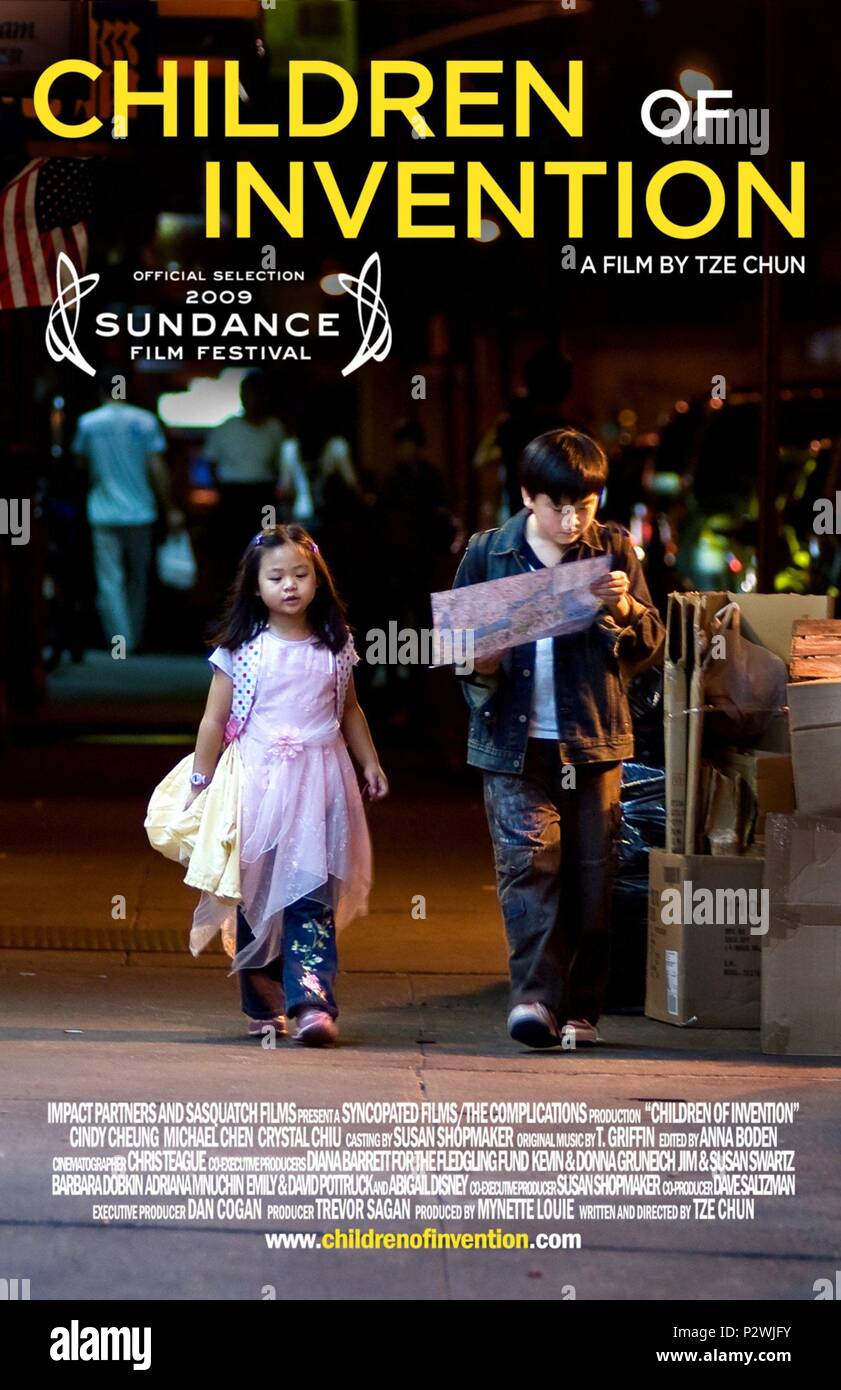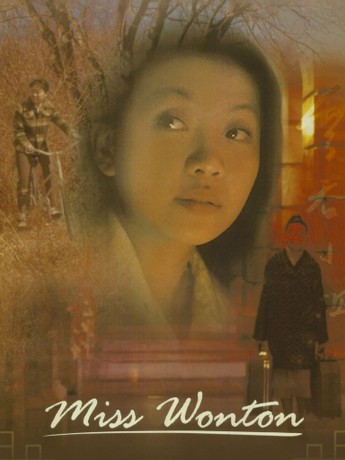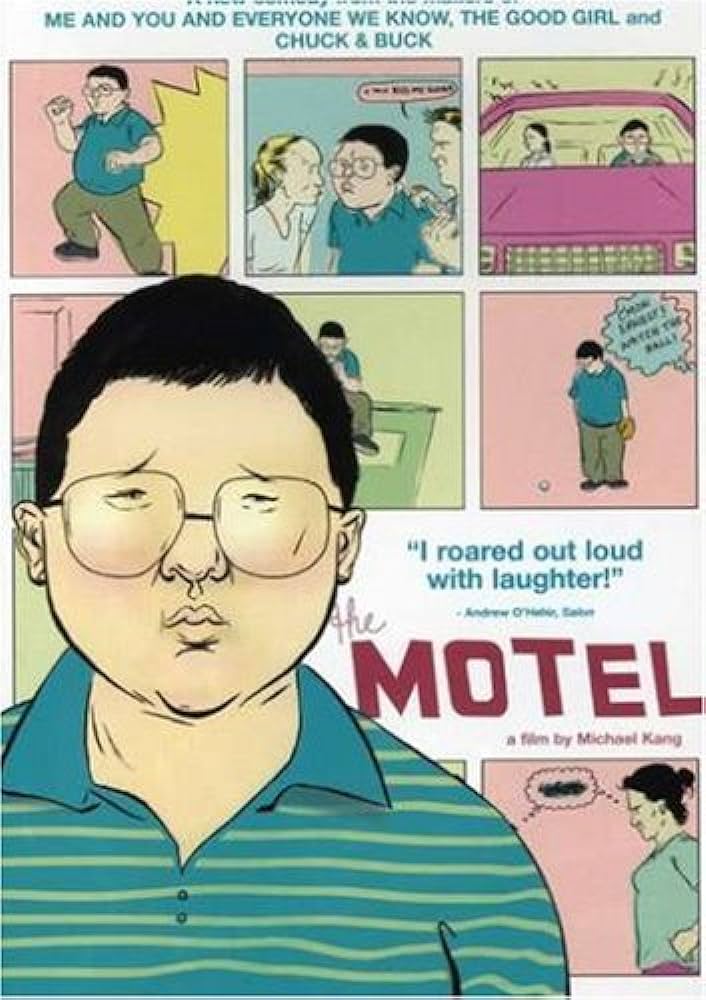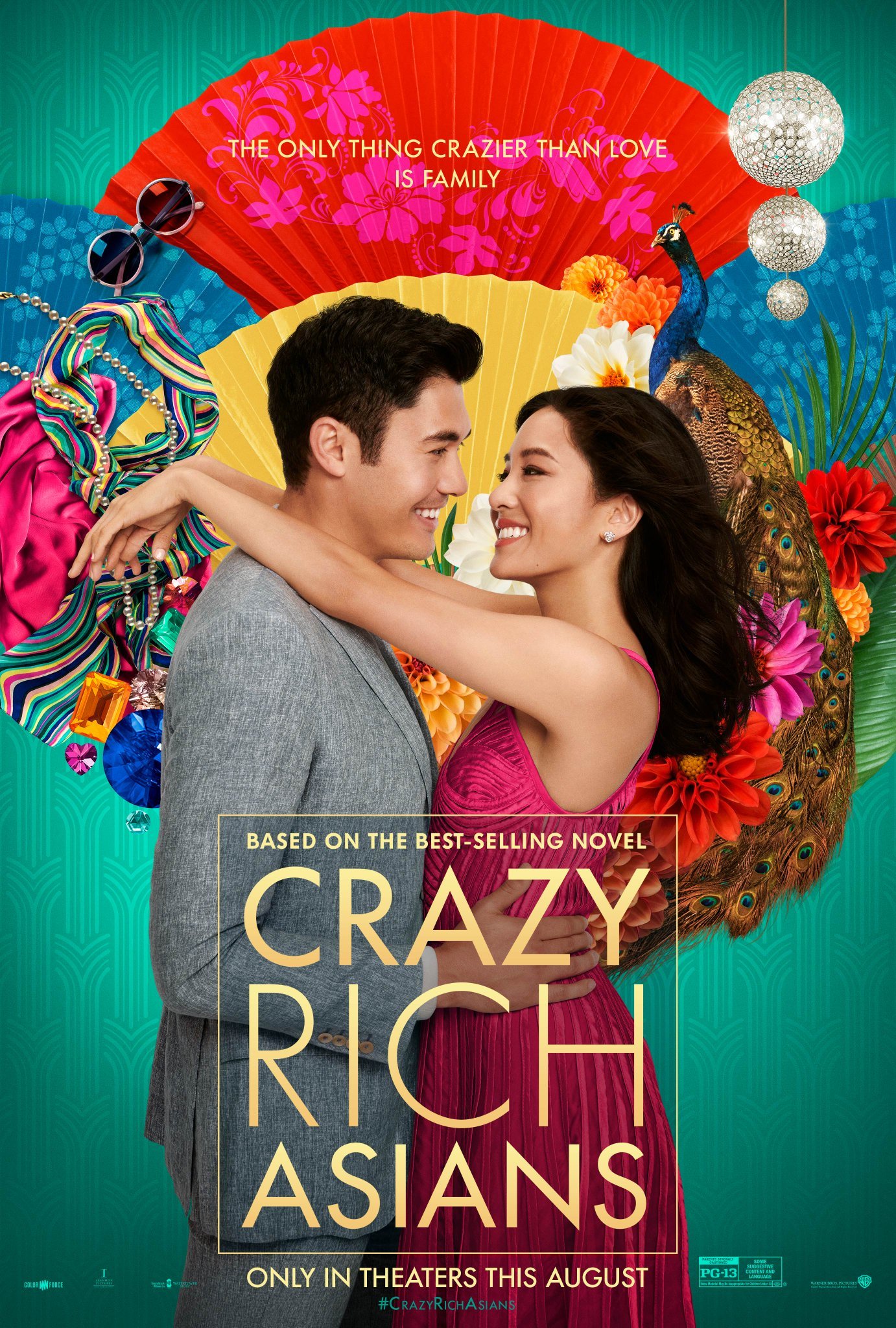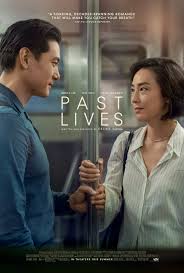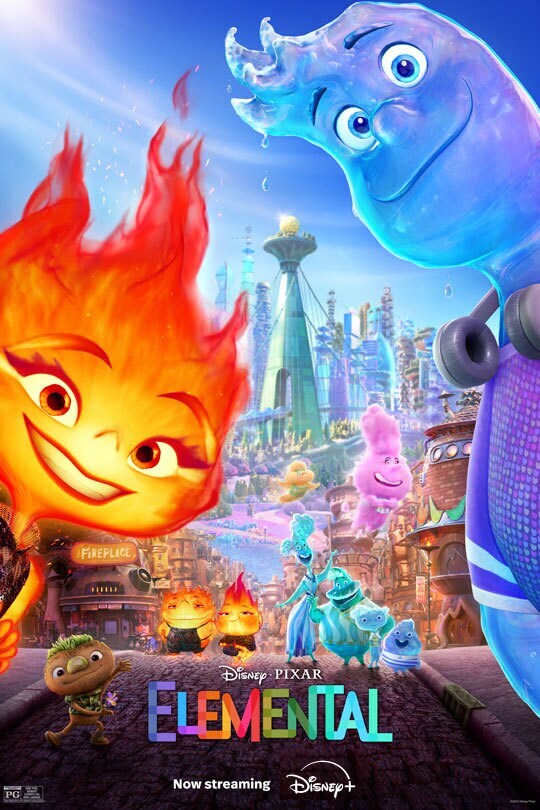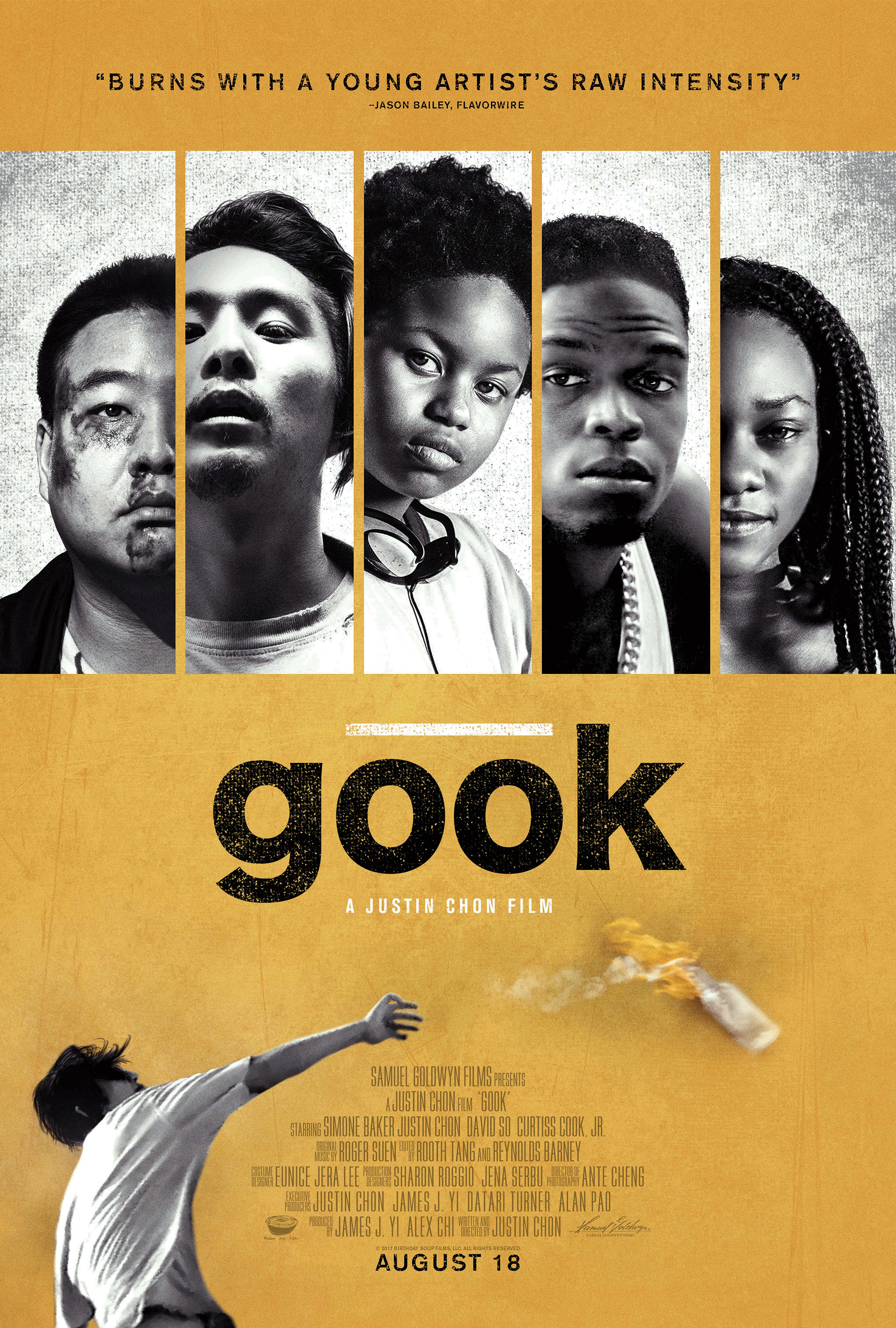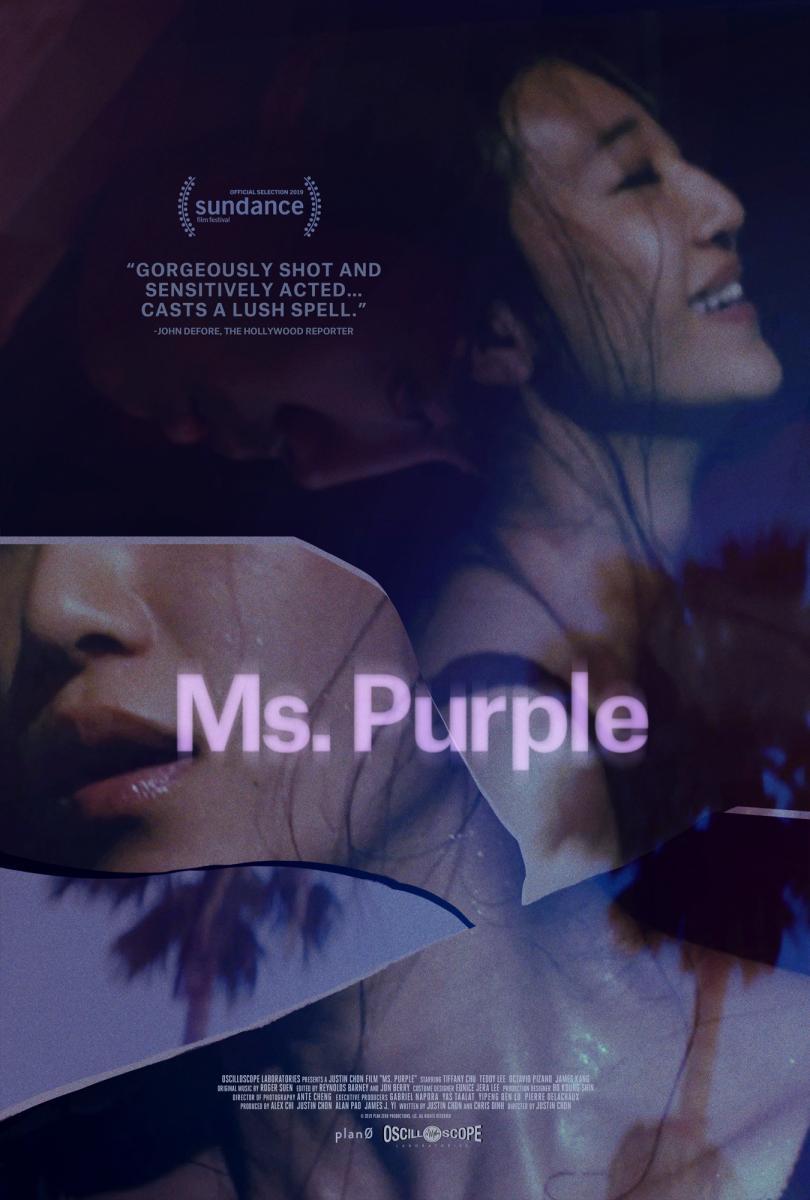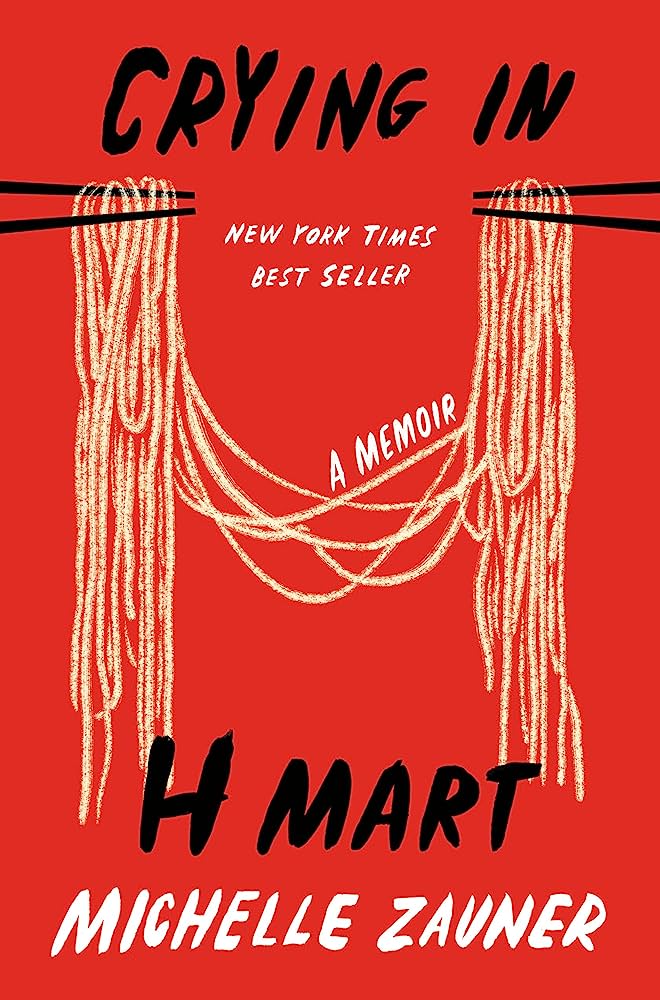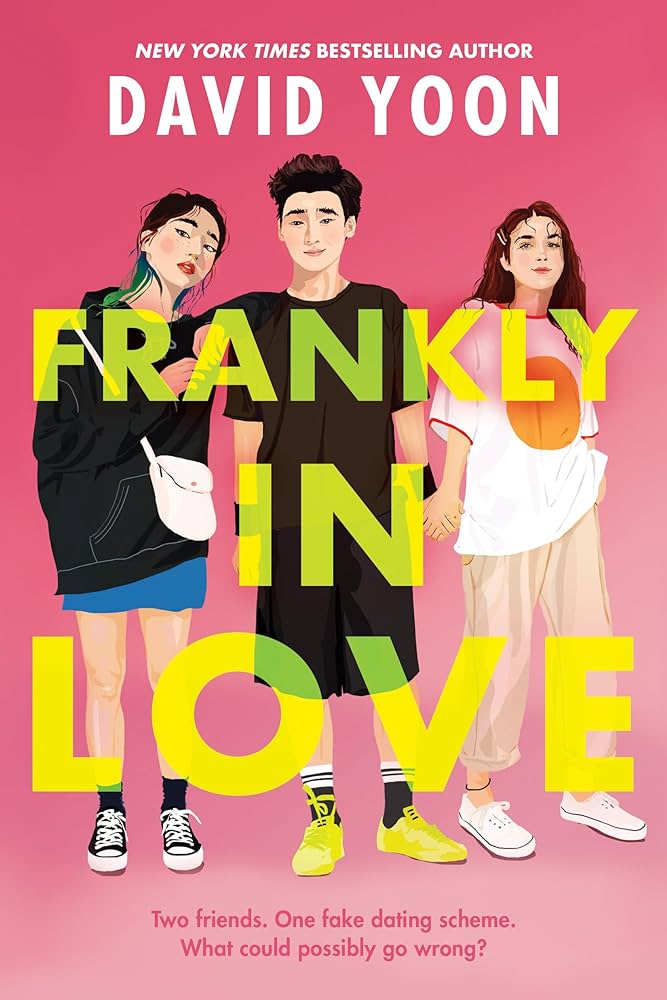
HELLO WORLD
This stacked bar chart displays U.S. immigration proportions. Hovering over it reveals different ethnic groups, illustrating changes over the years.
Following the signing of the Immigration and Nationality Act of 1965, a spirit that sought to welcome those who could contribute most to the country's growth, strength, and spirit was championed.
This approach led to significant changes in America's immigration landscape, with the largest groups hailing from Central and South America, and notably, the primary focus of our story : Asian immigrants.
This is where our story begins.
1965-1975
The Struggle for Asian Immigrants Civil Rights
In 1974, most Asian immigrants in the U.S. came from southeastern China, making up about 11% of the immigrant population at that time. Clear signs of their unequal job security and societal neglect were evident.
Inspired by the African American and Latin American civil rights movements, a successful grassroots movement led to the unification of Asian communities and the formation of organizations advocating for their rights. Despite these efforts, society remained unfamiliar with these first-generation immigrant groups.
1975-1985
An Era of Stereotypes
Shifting our perspective to the Hollywood film industry allows us to better recognize the narrow stereotypes of this new group.
Looking at old Hollywood movies, we see that Asian Americans were often stereotyped. Dialogue from Asian characters was usually designed to make people laugh at them. Asian men were commonly shown with unkind images, like bad teeth, squinty eyes, and broken English. Asian women were usually stuck playing roles like killers, sex workers, or helpers to a white man. No matter the role, these characters typically didn't have happy endings in these films.
The 1984 movie "Sixteen Candles" and the character Long Duk Dong show how people saw Asians at that time. This image still affects us today. Asians weren't allowed to tell their own stories, suggesting that their stories didn't count.
1985-1995
We Express Ourselves Through Independent Film
In the 1980s, the term "Asian Americans" began to appear more frequently, highlighting a racial identity and creative elements. The 1980s marked a turning point for Asian American cinema, as Asian American directors started to make feature films. This coincided with the rise of independent cinema in the US, the emergence of art-house cinemas in major cities, and the growth of the first generation of Asian American artists in independent cinema. The Asian American movement is now seeking ways to protect their rights and find their own space.
In the films of this period, the primary themes usually revolve around: Who are we? What new values can we introduce?
1995-2005
When the Second Generation Began to Share Their Stories
In 1995, Asian films shifted to focus on personal narratives and family generational tension.
Although numerous Asian-themed movies were released during this period, "The Joy Luck Club" from 1993 stands out. This major Hollywood film, adapted from Amy Tan's 1989 novel, revolves around four Chinese immigrant families. It set the stage for Asian cinema for the following decade and beyond.
This pivotal shift marked the peak of twenty years of independent films and the start of second-generation Asian immigrants narrating their stories, moving from independent to Hollywood cinema.
2005-2015
Forever a Stranger: Unable to fit into any Box
Some works from this period actually originated in the previous decade. From 1995 to 2015, Asian films were characterized by their exploration of intricate family relationships from various perspectives. The dynamics, both competitive and harmonious, among parents, children, and siblings, are relatable to many Asian children.
However, the scope of these films extended beyond family dynamics. They began to tackle topics such as homosexuality and individual struggles within society, often portraying the experience of always living between two cultures, like a perpetual foreigner.
During this time, film directors from various Asian countries began to gain recognition. With their diverse cultural backgrounds, they contributed to a wider range of creative output.
2015-2025
The Booming Era of Asian Creation
You may have noticed a rise in the number of movies, series, novels, and memoirs created from an Asian perspective in recent years. Perhaps you can find more familiar works in this list.
Many of these creators are immigrants of the second or third generation. They often use metaphors in their work to depict the discomfort of feeling different or the process of becoming Americanized. I particularly like how love is used as a metaphor in 'past lives' (I hope it's not my blue curtains), which allows people to empathize with the bitter-sweet experiences of living between two cultures.
Simultaneously, we observe a greater diversity in creative directions. Asian creators are no longer just discussing personal or family subjects. They have begun to interpret the world through their unique experiences.
So, what's next?
2025-2065
Becoming the Largest Group, It's Time to Learn More About Their Life Stories
According to predictions by the Pew Research Center, the Asian population is expected to become the largest immigrant group in the U.S. after 2065, exceeding a total population of 46 million and surpassing Latin America. At this point, due to numerous works presented to the public, it's time to discuss Asian American narratives in all sorts of forms.
Being of a similar age, I am particularly fascinated by the life experiences of second-generation Asian Americans. I aim to depict their cross-cultural upbringing through this work.
On the next page, I will share real-life snippets of "memories" collected from social media, books, and personal interviews. I hope you can find something that resonates with you.
